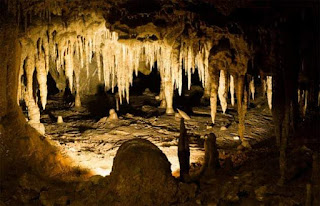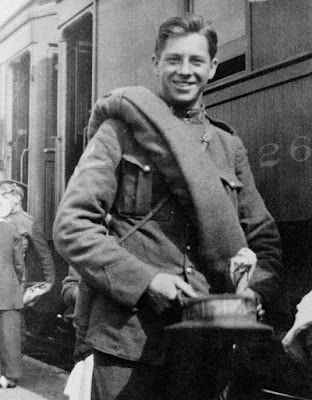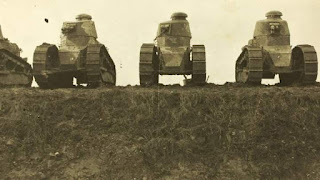Hiram Thompson - for wife murder.

Hiram Thompson - for wife murder. The Thompson family lived at No. 11 Brandiforth Street, Bamber Bridge near Preston in Lancashire. They comprised 52 year old Hiram, his wife, 49 year old Ellen, two daughters, 17 year old Ellen, Priscilla and her husband and son John. Hiram was a heavy drinker and there were frequent quarrels between him and his wife over the amount of money he spent on drink. Sadly, these often led to Ellen being physically assaulted. On the morning of Tuesday the 25th of April 1922, the family rose as usual and daughters Ellen and Priscilla got ready for work. When they returned home for lunch their mother was fine and their father had gone to the pub, where he consumed four pints. The girls returned to work by 1 p.m. When Ellen got home at 5.45 p.m., she found her mother dead in the kitchen. Ellen senior had her throat cut and had been battered around the head. The police were immediately called. Thompson was missing an...





